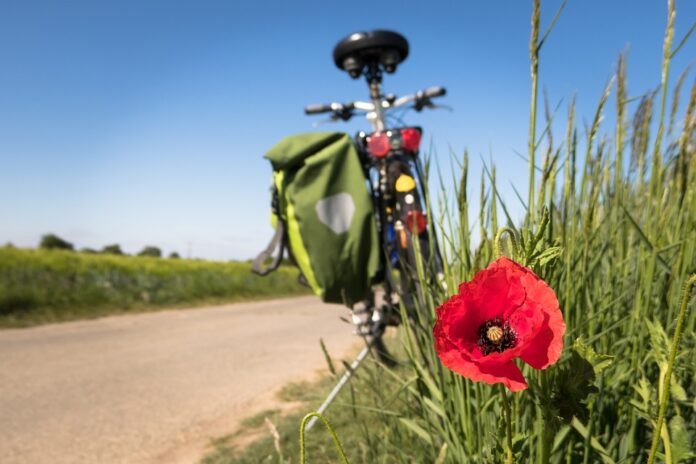Exploring the Power of Holistic Healing: A Beginner’s Guide
Holistic healing is an ancient practice that has been gaining popularity in recent years as people seek alternative ways to improve their health and well-being. Unlike traditional Western medicine, which tends to focus on treating specific symptoms or ailments, holistic healing takes a more comprehensive approach to health, addressing the physical, mental, emotional, and spiritual aspects of a person.
What is Holistic Healing?
Holistic healing is based on the belief that the body is a complex system that is interconnected and interdependent. This means that a problem in one area of the body can affect other areas as well. Practitioners of holistic healing aim to promote balance and harmony within the body by addressing the root causes of illness or imbalance, rather than just treating the symptoms.
Types of Holistic Healing
There are many different types of holistic healing practices, each with its own unique approach to health and wellness. Some of the most popular include:
– Acupuncture: This ancient Chinese practice involves inserting thin needles into specific points on the body to promote balance and relieve pain.
– Yoga: A practice that combines physical postures, breathing exercises, and meditation to promote relaxation, flexibility, and strength.
– Reiki: A form of energy healing that involves the practitioner channeling universal life force energy to promote healing and balance.
– Herbal Medicine: The use of plant-based remedies to treat a variety of health conditions and promote overall well-being.
– Mindfulness Meditation: A practice that involves focusing on the present moment to reduce stress, anxiety, and improve mental clarity.
Benefits of Holistic Healing
There are many benefits to exploring holistic healing practices, including:
– Improved physical health: Holistic healing practices can help to alleviate symptoms of chronic conditions, improve overall physical health, and boost the immune system.
– Stress reduction: Many holistic healing practices are designed to promote relaxation and reduce stress, which can have a positive impact on mental and emotional well-being.
– Increased energy and vitality: By promoting balance and harmony within the body, holistic healing practices can help to increase energy levels and improve overall vitality.
– Emotional healing: Holistic healing can help to address the emotional root causes of illness or imbalance, leading to greater emotional well-being and resilience.
– Spiritual growth: Many holistic healing practices are rooted in spirituality and can help to deepen one’s connection to themselves and the world around them.
Getting Started with Holistic Healing
If you’re interested in exploring the power of holistic healing, there are a few steps you can take to get started:
– Research: Take the time to learn about different holistic healing practices and find one that resonates with you.
– Find a practitioner: Look for a qualified holistic healer or practitioner who can guide you through the process and help you achieve your health and wellness goals.
– Practice self-care: Incorporate holistic healing practices into your daily routine, such as yoga, meditation, or herbal remedies, to promote balance and well-being.
– Stay open-minded: Approach holistic healing with an open mind and a willingness to explore new ways of thinking and being.
In conclusion, holistic healing offers a holistic approach to health and wellness that can have a profound impact on physical, mental, emotional, and spiritual well-being. By exploring the power of holistic healing and incorporating these practices into your daily life, you can achieve greater balance, harmony, and vitality.
Frequently Asked Questions:
1. What is the difference between holistic healing and traditional medicine?
Holistic healing takes a comprehensive approach to health, addressing the physical, mental, emotional, and spiritual aspects of a person, while traditional medicine tends to focus on treating specific symptoms or ailments.
2. How long does it take to see results from holistic healing practices?
Results from holistic healing practices can vary depending on the individual and the specific practice being used. Some people may see improvements in their health and well-being quickly, while others may take longer to experience the full benefits.
3. Are holistic healing practices safe?
Yes, holistic healing practices are generally considered to be safe when practiced by qualified practitioners. It’s important to do your research and find a reputable practitioner who can guide you through the process safely.
4. Can holistic healing practices be used in conjunction with traditional medicine?
Yes, holistic healing practices can be used alongside traditional medicine to complement and enhance the overall healing process. It’s important to discuss any holistic practices you’re considering with your healthcare provider to ensure they are safe and appropriate for your individual needs.

